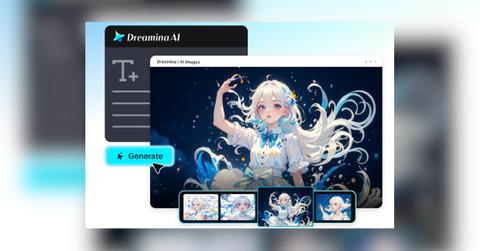
The Anatomy of a Glance: Designing Visuals that Win in One Second
They tell us first impressions last seven seconds. But in an era of endless scrolling, your design has one. One beat, one blink, one pulse of interest before a thumb glides by forever. Within that slice of time, your look must whisper feelings, tint a thought, and draw the viewer into your narrative without asking permission.
Welcome to the new language of glance design — the design of creating visuals that communicate quicker than attention spans can escape. It's the online version of love at first sight, designed through rhythm, tone, and intuition. And it's being reimagined by creative software such as Dreamina, where theAI photo generator translates imagination into eye-popping visuals designed for that moment of connection.
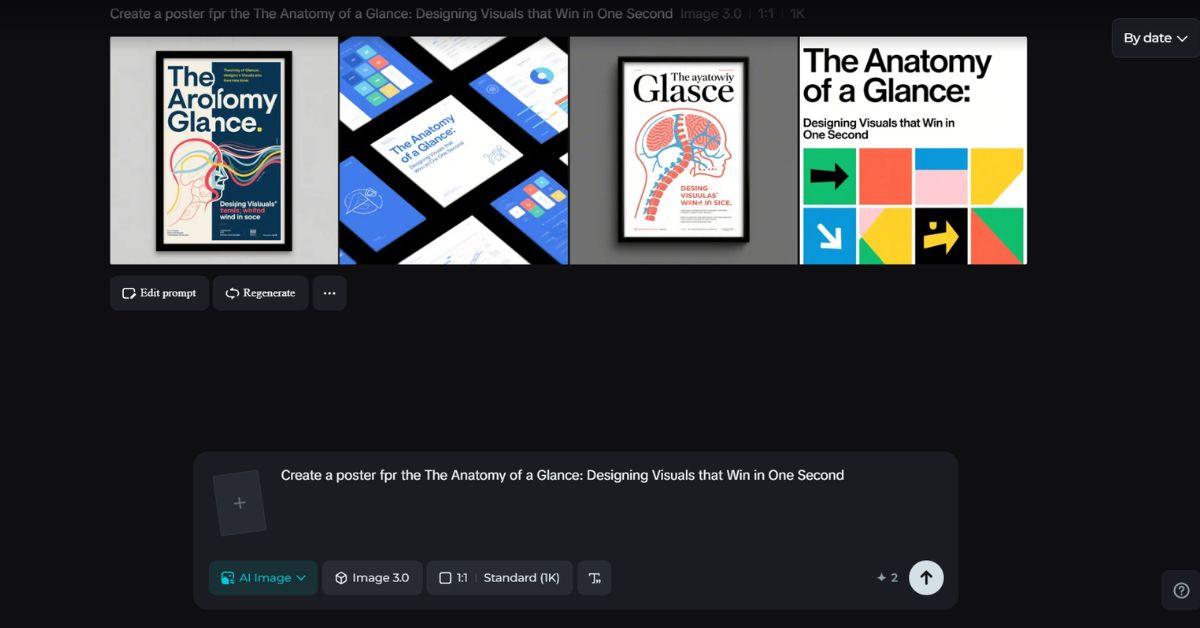
The one-second conversation
A scroll halts not because a person decides to stop — it's because something within the image speaks subconsciously. Perhaps it is the lighting that is cinematic, or the face that is familiar but not. Perhaps it is the colour palette that is like an emotion and not a choice.
Contemporary visual storytelling functions less billboard-style and more like a spark. It's ephemeral, instinctual, emotional — a wordless visual dialogue. Designers now construct these instants through rhythm and silence, mixing complexity with simplicity so the viewer's eye gets exactly where it needs to go.
How a "glance-winning" design gets made:
● A strong emotional anchor (happiness, nostalgia, serenity, wonder) that strikes at once
● Contrast that guides the eye ahead of thought's catching up
● Negative space that provokes curiosity rather than crowding meaning
● A visual "beat" — motion, flow, or light that has a sense of life
The trick is not to tell the entire story but to instigate one in the viewer's mind. The greatest visual campaigns don't shout out — they haunt softly.
Rhythm, not noise
One of the most common myths in advertising is that noisier visuals get noticed. But the reality? The human brain is programmed to need patterns, not disorder. Noise versus rhythm equals shouting versus singing.
Consider a visual composition to be a song. There is a beat (your central subject), harmony (the accompaniment colors or textures), and silence (your negative space). Altogether, they direct the eye of the viewer like a dance.
You might view this principle in minimalist campaigns where nothing shouts, but everything seems to be magnetic. A still picture with one compelling central point can convey more effectively than a cacophony of features fighting for notice.
A good glance's anatomy has nothing to do with busyness — it has to do with balance. And that balance can easily be altered using Dreamina's AI image editor.
Emotion as architecture
Each moment of visual attention starts in feeling, not reason. Eyes don't read forms; they feel. That's the reason why warm gradient, soft blur, or subtle shadow play can make a static picture feel alive.
Emotional design doesn't require a face or a slogan. It can exist in texture — the softness of the surface of a digital poster, the subtle shine on an imaginary product, the slightly imperfect brushstroke that reads as handmade. These touch cues engage audiences with something more than pixels.
In branding, emotion is architecture:
● Curves can be trusted or reassuring
● Symmetry can imply mastery or serenity
● Asymmetry introduces tension and curiosity
● Desaturated color schemes evoke a nostalgic mood, whereas stark colors shout confidence
Every element isn't merely visual — it's behavioral. It instructs the audience how to feel before they even know they have felt. And with tools such as anAI logo generator, designers can play with this emotional geometry ad infinitum — creating shapes and symbols that throb with unconscious intent.

Dreamina's visual choreography: how to design for the one-second gaze
Designing images that stop people in their tracks doesn't need to be a shot in the dark. Dreamina makes intuitive creativity a design experiment lab — where look-at-me ideas materialize in terms of texture, proportion, and emotion.
Step 1: Write a detailed text prompt
Begin by going to Dreamina and writing an elaborate text prompt that describes your visual mood with words. Ponder in sensations, not objects.
For example: a dainty coffee cup suspended over silky linen fabric, sunlight diffusing over soft shadows, evoking peacefulness and introspection.
This level of descriptive imagery informs Dreamina of the emotional and tactile meaning behind your concept — the building block of a glance-grabbing visual.
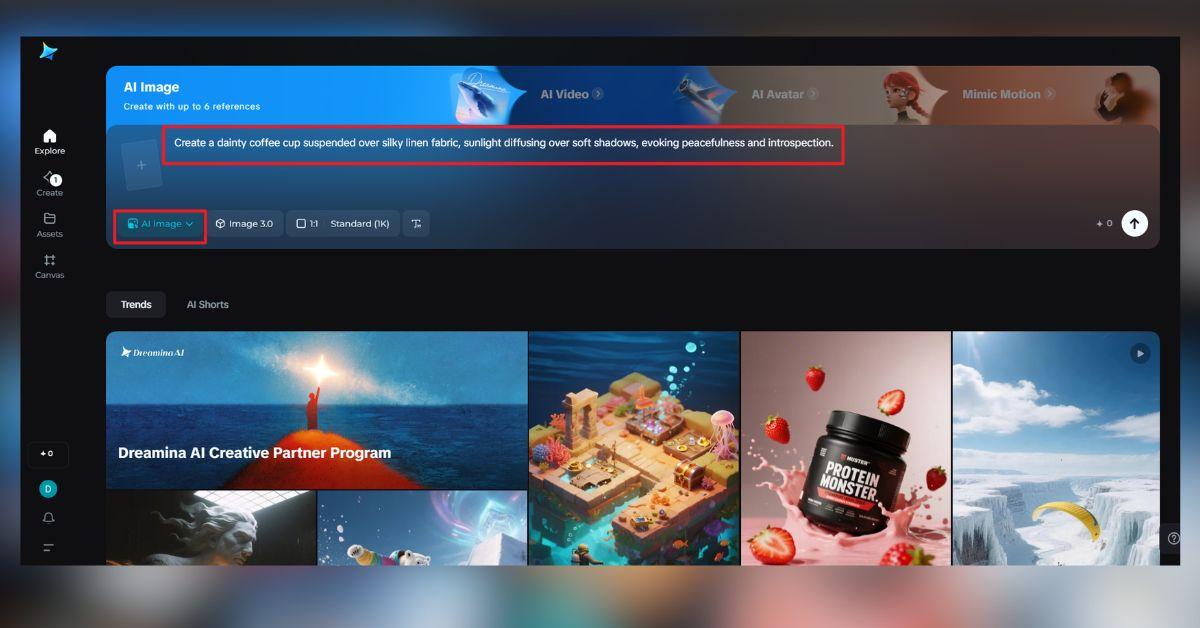
Step 2: Adjust parameters and generate
Go ahead and adjust your creative options: select a model type for realism or abstraction, adjust your aspect ratio based on the format (i.e. square for social, vertical for posters), and select from 1k or 2k image quality. When you are set, click on the Dreamina icon to generate your image.
The system interprets your vision through visual rhythm - the way it disperses light, texture, and emotion like a conductor leading an orchestra. The result? A perfectly harmonized moment of repose.
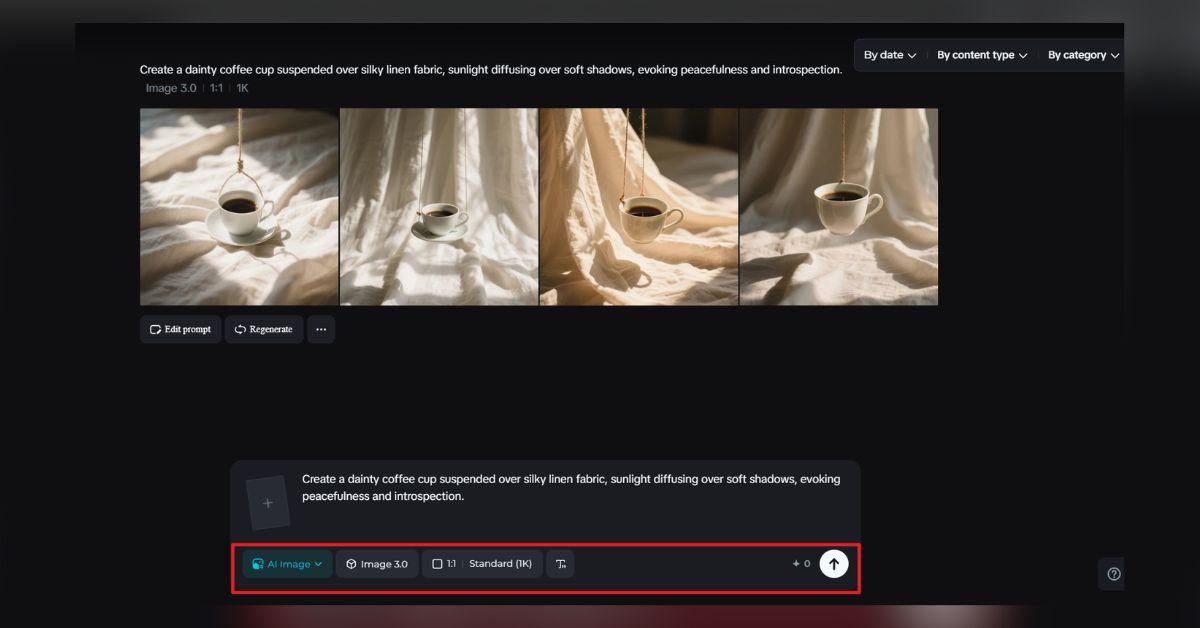
Step 3: Customize & save
Once your image is generated, you can customize it using Dreamina's tool features. You can 'inpaint' to remove distractions, 'expand' to widen the visual conversation, or 'retouch' to bring nuance to emotional identifiers such as texture and shadow depth. When you have the visual you want, click the 'Download' icon to download your visual. You now have an incredible one-second visual - a design that doesn't shout, but hums at just the right frequency to draw in the audience.
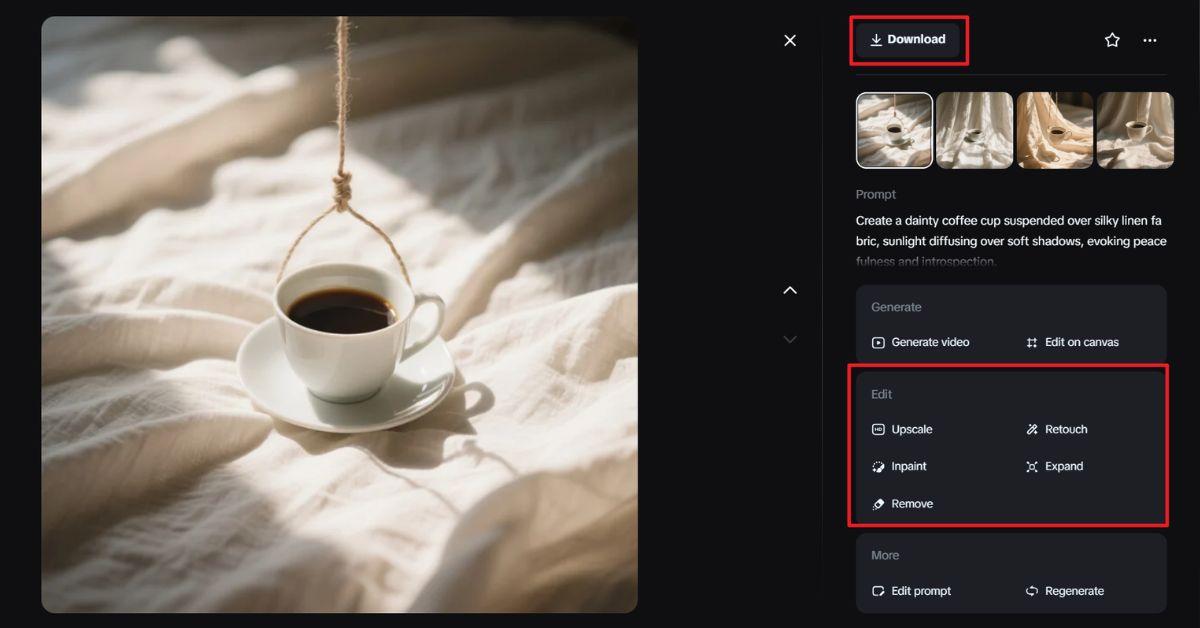
The pulse behind the pixel
Every compelling visual seems to rest on some kind of rhythm. Evidence points to this as the subtle pace at which people perceive things. Dreamina allows creators to build that rhythm in a natural way. It applies to ads or social media updates. The same holds for simple posters. Designs go beyond appealing to viewers. They now factor in instinctive reactions. Studies suggest this approach could make visuals more effective.
And in that fraction of a second when someone's scrolling thumb pauses, when their gaze lingers a fraction of a second longer than it should — that ain't luck. That's choreography.
Conclusion
With the art of glance design, silence can boom, stillness can propel, and color can vibrate like song. Dreamina shows you the way to hear that beat — one image, one second, one indelible impression at a time.
Dreamina turns visual making into emotional timing — teaching designers how to own the split-second poetry of attention in terms of balance, texture, and the silent magic of the glance.
